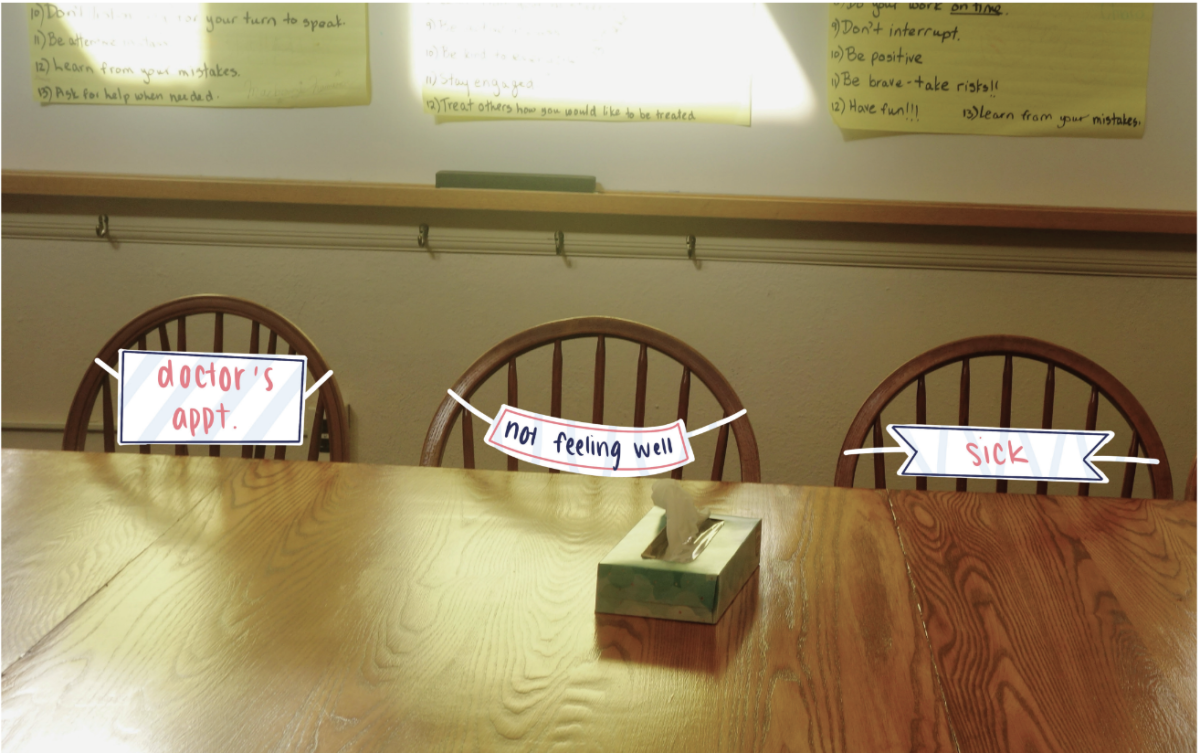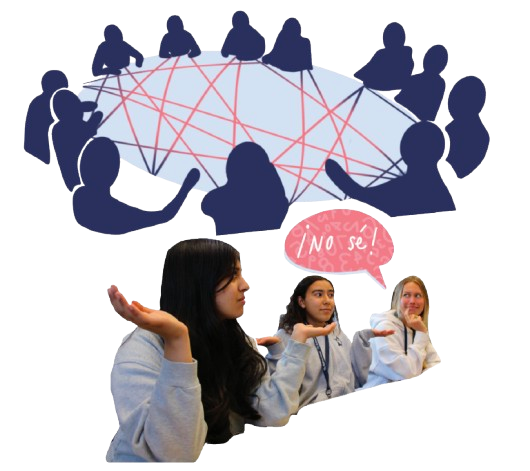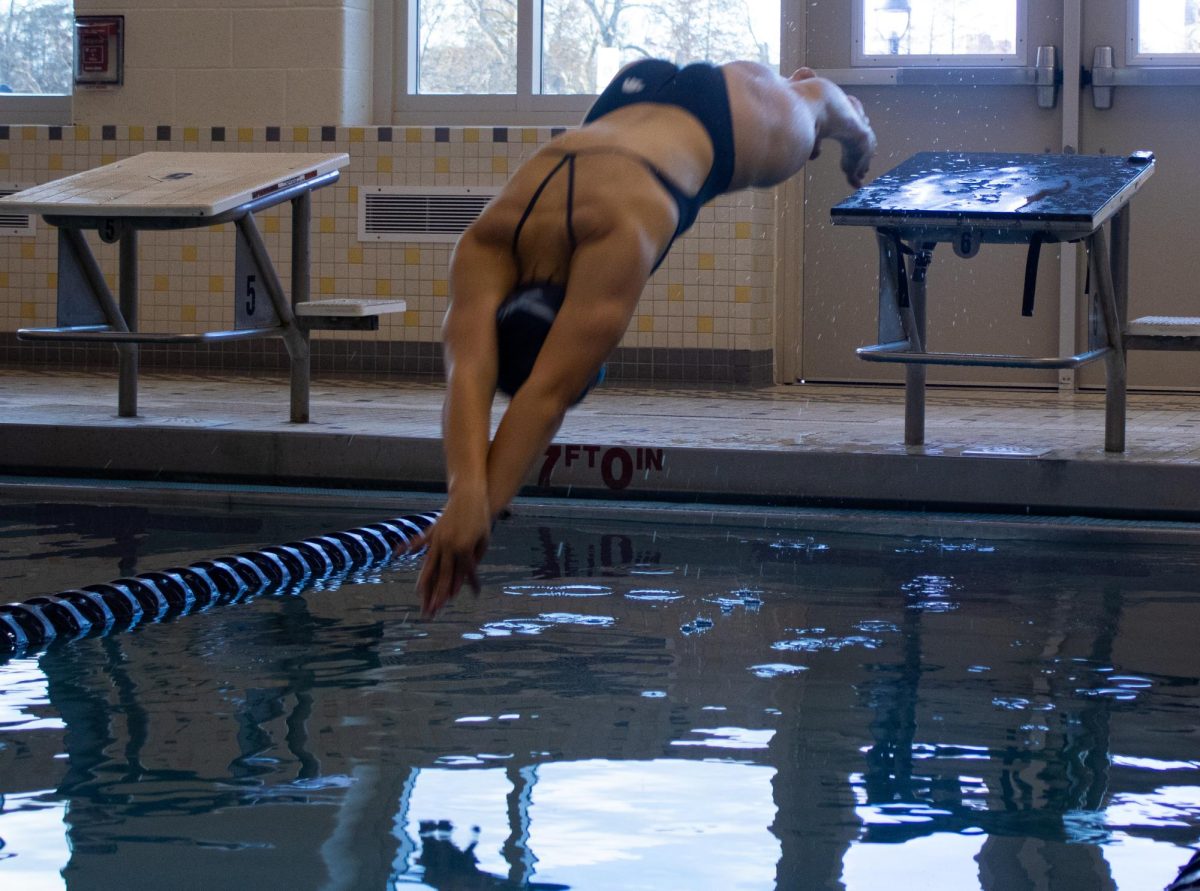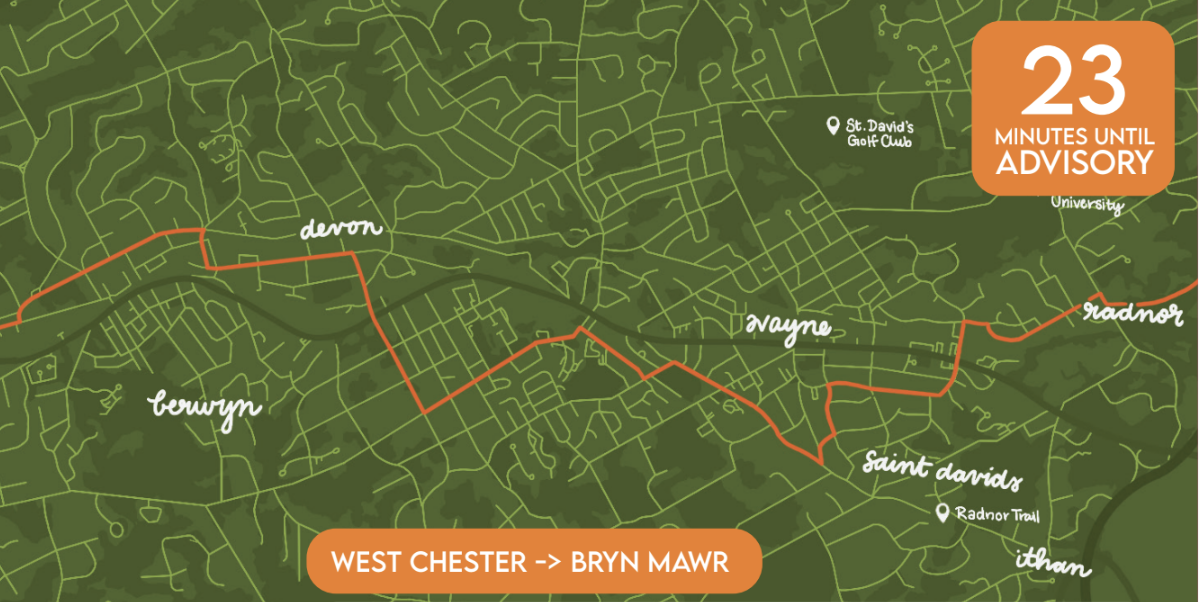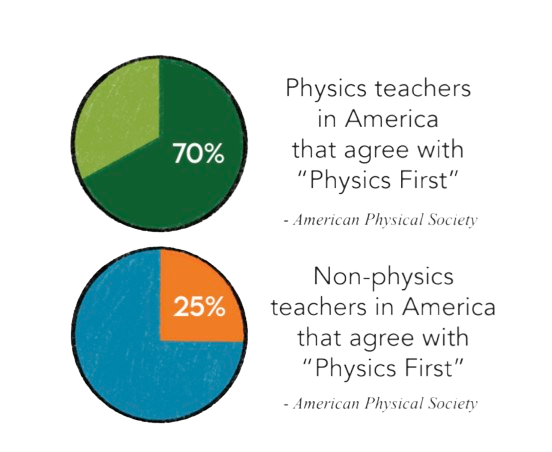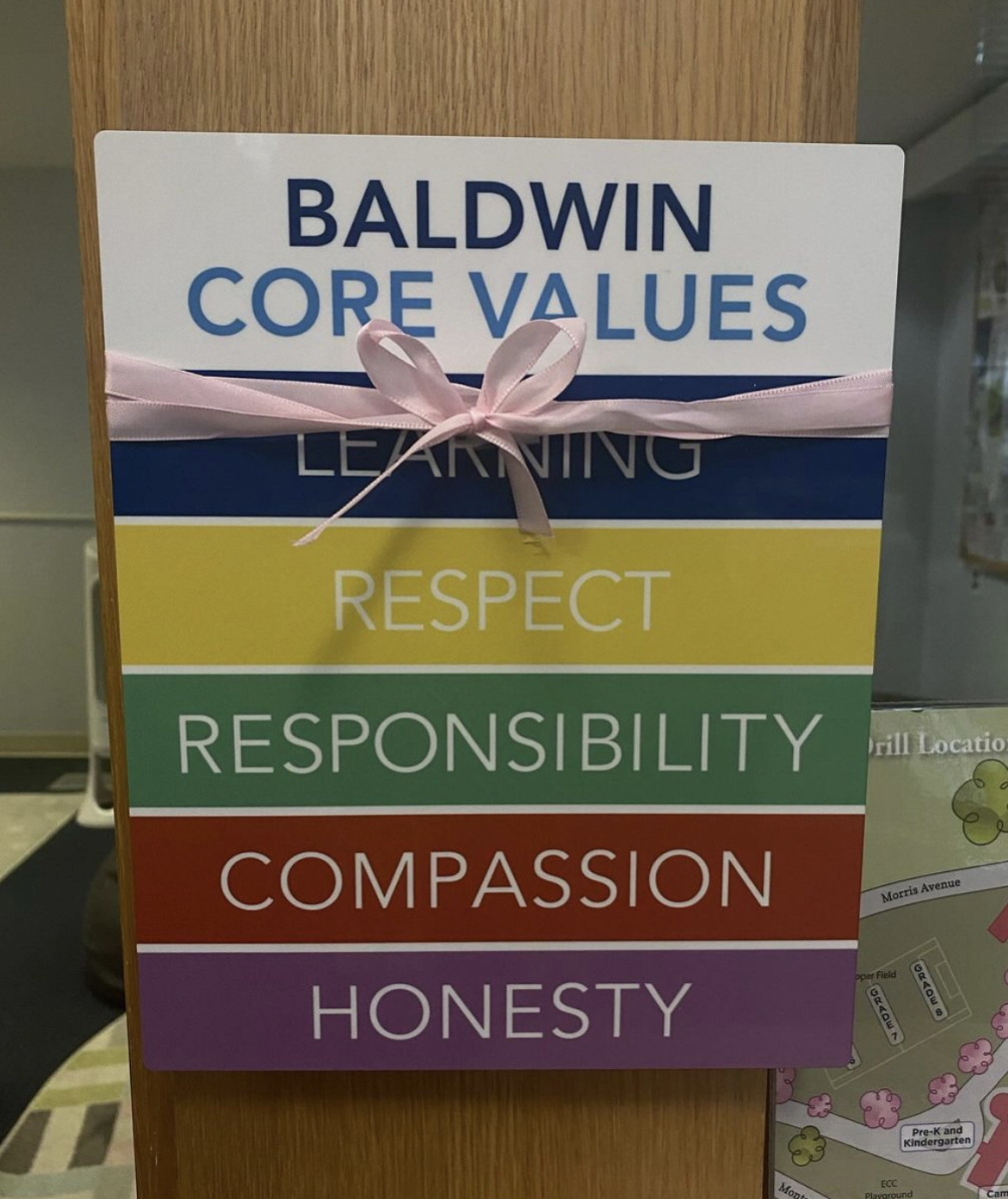As climate change takes an increasingly tighter grip around our planet, schools across the U.S. are forced to face the challenges of warmer temperatures head-on. Rising temperatures, especially in the fall season, are extending summer weather and directly affecting students’ ability to learn — especially in schools with no access to air conditioning.
Emily Sidlow ‘25, the head of The Baldwin School’s environmental club, said she is concerned about the rising temperatures in the area.
“This fall, it was warmer than usual,” Sidlow said. “The temperature hit 80 degrees [in November], which freaks me out a little bit. It’s alarming.”
She also mentioned the simultaneous drought that has plagued the area beginning in September.
Sidlow listed two main causes that she believed to be contributors to climate change: carbon emissions from plants, including power and water plants, and the creation of plastics, which are made of fossil fuels.
The serious impacts of climate change are seen in schools without air-conditioning. In these schools, the soaring temperatures caused by heat waves not only create physically uncomfortable environments for students, but also disrupt concentration and, ultimately, learning.
Students have also been performing worse on standardized tests during these times of intense heat. In a Harvard University study that examined 4.5 million high school exit exams, students in New York City performed significantly worse on the exit exams on days when the temperature reached 90 degrees Fahrenheit compared to days when the temperature was at a comfortable 72 degrees.
For these high school students, the effects of heat exposure may be long-lasting. Research suggests that higher temperatures, particularly during testing periods, reduce the likelihood of students graduating on time with their class, or even performing at the standard level expected of their grade.
Just small changes in temperature can have large effects on students. In a 2004-2005 study, two classes of 10-12 year old students were observed. The students’ performance on math and language tests significantly improved when classroom temperatures were reduced from 77 degrees to 68 degrees.
A temperature increase of one degree in a classroom environment can lead to a 1% reduction in learning outcomes over the course of a school year.
According to the Pennsylvania State University Center for Evaluation and Education Policy Analysis, classrooms with temperatures ranging between 68 and 74 degrees are considered optimal for learning, specifically in Mathematics and English.
Teachers report that students become distracted and less interested in lessons on hot days. Other symptoms include slow reaction time, fatigue, and difficulty focusing. Sidlow ‘25 described how every person contributes to climate change.
“Every person contributes to climate change a little bit; everyone leaves their lights on, uses hot water, drives a car, uses a phone, so everything we do as people revolves around fossil fuels.”
Intense heat also impacts students’ ability to sleep by disrupting sleep patterns, which then affects cognitive function and development. Sleep deprivation, caused by uncomfortable weather conditions, exacerbates the challenges in the classroom.
These issues of overheating are more prominent in low-income student households. These students are more likely to attend schools without air conditioning, causing imbalances and inconsistencies in the education system.
For example, Black and Hispanic students are 1.6 times more likely than their white peers to be placed in classrooms without air-conditioning units. These students are forced to adapt to the higher temperatures inside and outside of school. Low-income families lack the resources needed to alleviate the effects of heat exposure, such as access to air conditioning at home or transportation to avoid walking to school in periods of extended heat.
This problem of education inequity must be addressed at every level, from being conscious of your own impacts on climate change to working at the local and state levels to fight for increased funding for underrepresented school districts.






